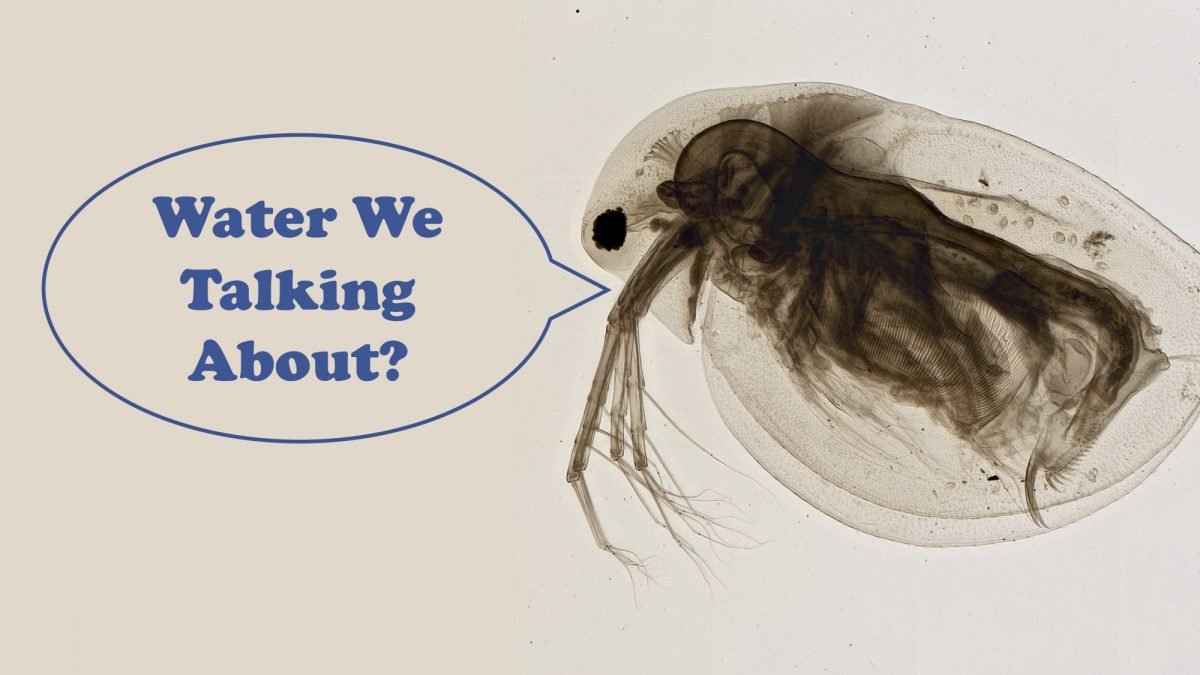A flea can typically survive underwater for up to 24 hours. But you might be wondering, how long does it take a flea to drown? Well, the answer might surprise you! Fleas are incredibly resilient creatures, and their ability to hold their breath and survive in water depends on various factors. Let’s delve deeper into the fascinating world of fleas and discover the truth behind their survival skills when faced with the element of water.
How Long Does It Take a Flea to Drown?
Introduction: Exploring the World of Fleas
Fleas may be tiny, but they sure can cause a big nuisance for our furry friends and even for us humans. Have you ever wondered what happens when a flea encounters water? In this blog post, we will delve into the fascinating world of fleas and discover how long it takes for them to drown.
Understanding Fleas and Their Behavior
Fleas are small insects that survive by feeding on the blood of animals, such as dogs, cats, and even humans. These pesky creatures have specially adapted bodies that make them excellent jumpers, allowing them to move quickly between hosts. However, when it comes to water, fleas face a different challenge.
Why Are Fleas Difficult to Drown?
One of the reasons why fleas are challenging to drown is their ability to navigate and survive in various environments. Their bodies are covered in tiny hairs that help them stay afloat and move through water. Additionally, fleas have a waxy coating on their exoskeleton that repels water, making it difficult for them to become completely submerged.
Can Fleas Swim?
While fleas may not be Olympic swimmers, they do have some survival skills when it comes to water. Fleas can paddle their legs and move on the surface of the water for a short period. However, prolonged exposure to water can be detrimental to their survival.
Exploring the Drowning Process for Fleas
Now that we understand a bit more about fleas and their water-resistant adaptations, let’s dive into the process of drowning for these tiny insects.
Initial Contact with Water
When a flea comes into contact with water, its first instinct is to try and escape. The waxy coating on its body helps repel water initially, allowing the flea to stay afloat.
Struggling in Water
As the flea remains in the water for a longer period, the waxy coating may start to wear off, making it harder for the flea to stay buoyant. The flea will begin to struggle and paddle its legs in an attempt to stay above the surface.
Submersion and Drowning
With prolonged exposure to water, the flea’s ability to stay afloat diminishes. Eventually, the water will seep through the flea’s spiracles (tiny breathing holes) and drown it. The time it takes for a flea to drown can vary depending on factors such as water temperature and the flea’s overall health.
Factors Affecting Flea Drowning Time
Several factors can influence how long it takes for a flea to drown. Let’s explore some of these variables in more detail:
Water Temperature
Warmer water temperatures can speed up the drowning process for fleas. The higher the temperature of the water, the quicker the flea’s waxy coating may deteriorate, leading to faster submersion.
Flea Size and Health
The size and overall health of the flea can also impact how quickly it drowns. Larger fleas may have more body mass to keep them afloat for longer, while weaker or older fleas may succumb to drowning more quickly.
Type of Water
The type of water the flea encounters can also play a role in its drowning time. Clean, stagnant water may allow the flea to stay afloat longer compared to turbulent or soapy water, which can disrupt the flea’s water-repellent abilities.
Conclusion: The Fate of Fleas in Water
In conclusion, while fleas may possess remarkable adaptations that help them survive in various environments, water can be a formidable challenge for these tiny insects. The process of drowning for a flea involves a battle between its water-resistant defenses and the inevitable effects of prolonged water exposure.
Next time you encounter a flea or are curious about their behavior, remember that even these tiny creatures have their weaknesses. Whether it’s in your pet’s bathwater or a puddle outside, water poses a significant threat to these persistent pests. So, the next time you ask yourself, “How long does it take a flea to drown?” remember that while they may put up a fight, in the end, water prevails.
How to Get Rid of Fleas? It's Important to Know About Their Life Cycle
Frequently Asked Questions
How long does it typically take for a flea to drown?
It usually takes about 24 hours for a flea to drown. Fleas are equipped with special adaptations that make them excellent swimmers, allowing them to survive in water for an extended period. However, eventually, they will run out of oxygen and succumb to drowning.
Can fleas survive in water for an extended period?
Yes, fleas are able to survive in water for a considerable amount of time due to their ability to float and their resistance to drowning. While they can stay afloat and alive for a while, they will eventually drown if not able to reach a surface for air.
What factors can influence how quickly a flea drowns?
The speed at which a flea drowns can vary based on factors such as water temperature, agitation of the water surface, and the flea’s energy level. Warmer water temperatures can speed up the drowning process, while cooler temperatures may prolong their survival.
Is drowning a flea an effective method of getting rid of them?
Drowning fleas can be a method to control their population, but it may not be the most effective way to eliminate an infestation. Combining drowning with other flea control methods, such as medications and treatments for pets and their environment, is often more successful in addressing flea problems.
Final Thoughts
Fleas can drown within minutes due to their bodies not being able to repel water. Factors like water temperature and flea species can influence the drowning time. Understanding how long it takes a flea to drown is important for effective flea control. Proper prevention methods, such as regular grooming and using flea treatments, can help eliminate fleas before they become a problem. Remember, swift action is key when dealing with fleas to prevent infestations and keep your pets healthy.






+ There are no comments
Add yours